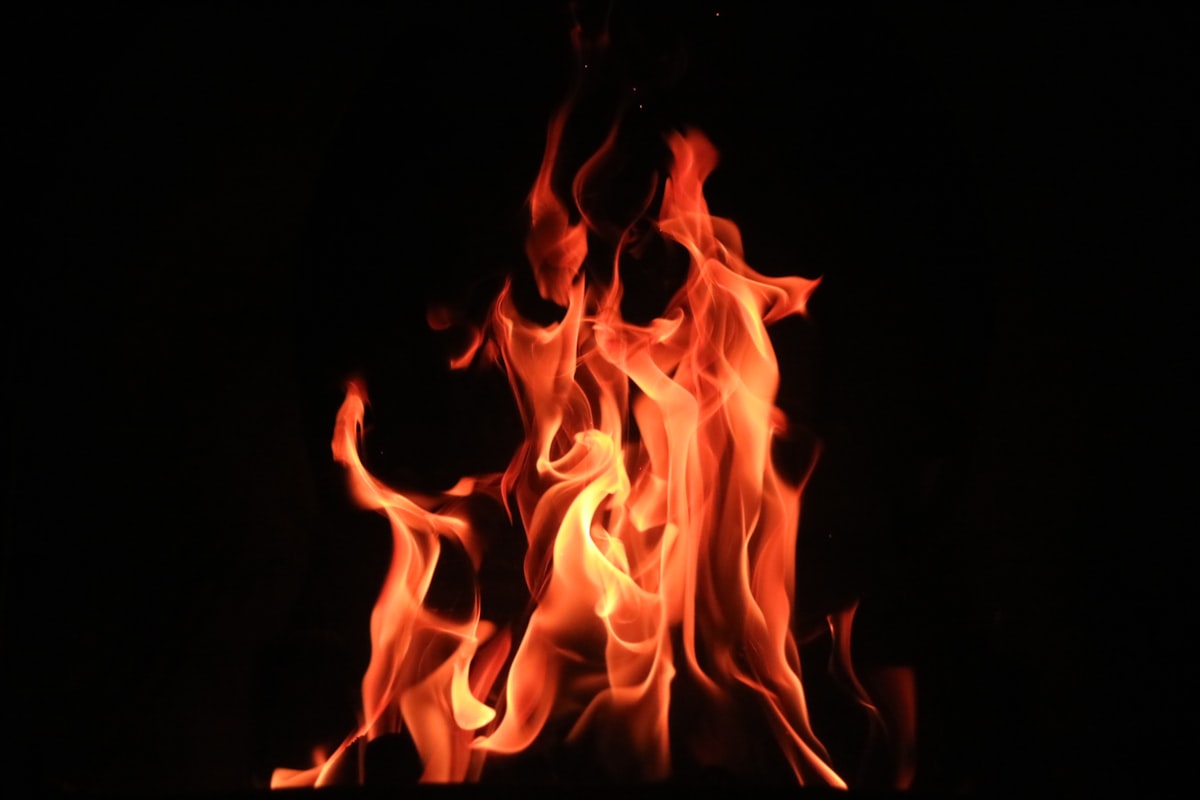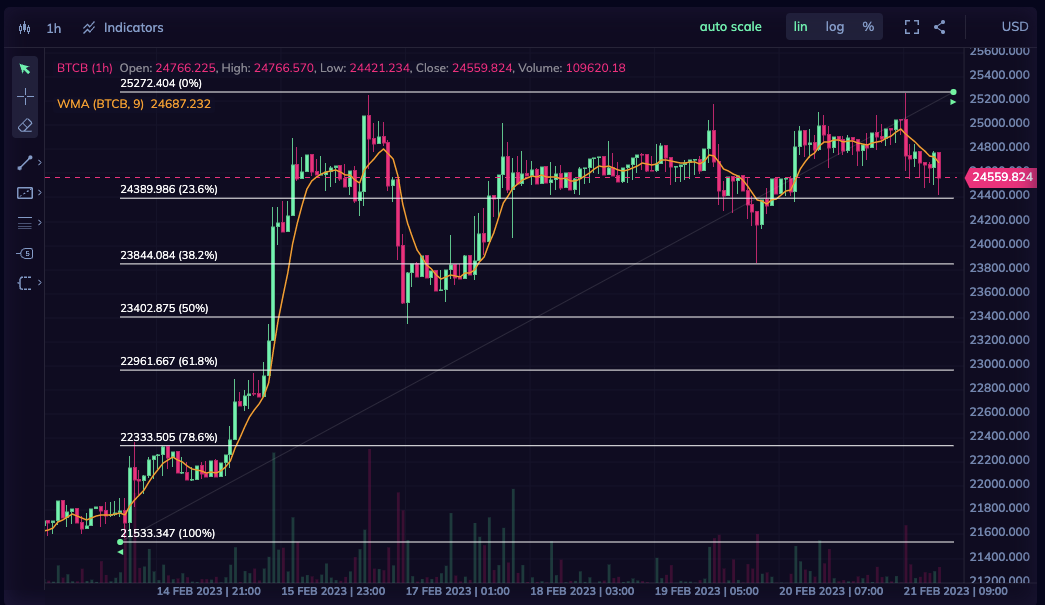Burning
Burning tokens, also known as token burning, is the process of removing a certain number of tokens from circulation.

Burning tokens is a common practice in the cryptocurrency industry, and it involves the permanent removal of a specific amount of cryptocurrency from circulation. In this article, we will explore the concept of burning tokens, its history, how it works, examples of burning tokens, interesting facts, pros and cons, and regulations surrounding the practice.
Definition and History
Burning tokens, also known as token burning, is the process of removing a certain number of tokens from circulation, typically by sending them to an address that is not accessible or has no private key. This process is irreversible, and once the tokens are burned, they cannot be recovered or used again.
The concept of burning tokens is not new and has been used in various industries for decades. However, it was first introduced in the cryptocurrency industry in 2012 by the developers of Counterparty, a platform that enables the creation of custom tokens on the Bitcoin blockchain.
How It Works
The process of burning tokens is relatively simple. In most cases, the tokens are sent to a specific address that is created for the sole purpose of burning tokens. This address is typically referred to as a "burn address" and has no private key, making it impossible to retrieve the tokens once they have been sent.
Once the tokens are sent to the burn address, they are permanently removed from circulation, which reduces the total supply of the cryptocurrency. This reduction in supply can lead to an increase in the value of the remaining tokens, which can benefit the token holders.
Examples of Burning Tokens
Many cryptocurrencies have used token burning as a way to reduce the total supply of their tokens and increase their value. One notable example is Binance Coin (BNB), which burns a portion of its supply every quarter until 100 million tokens are burned.
Another example is Ripple (XRP), which periodically burns a portion of its tokens to reduce the supply and increase the value of the remaining tokens. In 2017, Ripple burned over 50 billion XRP tokens, which represented over half of the total supply at the time.
Interesting Facts
Token burning is not only used to reduce the supply of a cryptocurrency and increase its value but can also be used for other purposes. For example, token burning can be used to reward loyal users or as a way to fund development projects.
Pros and Cons
Token burning has several benefits, including reducing the total supply of a cryptocurrency, increasing the value of the remaining tokens, and rewarding loyal users. However, it also has some drawbacks, such as the potential for abuse by developers, the lack of transparency surrounding the process, and the possibility of unintended consequences.
Regulations
The regulation of token burning varies by jurisdiction, and there is currently no universal framework for regulating the practice. Some countries have banned token burning altogether, while others have implemented regulations to ensure that the process is transparent and not used for fraudulent purposes.
Conclusion
In conclusion, token burning is a common practice in the cryptocurrency industry that involves the permanent removal of a specific amount of cryptocurrency from circulation. While it has several benefits, it also has some drawbacks, and regulations surrounding the practice vary by jurisdiction.
Check the Revenue Coin tokenomy for burning.




